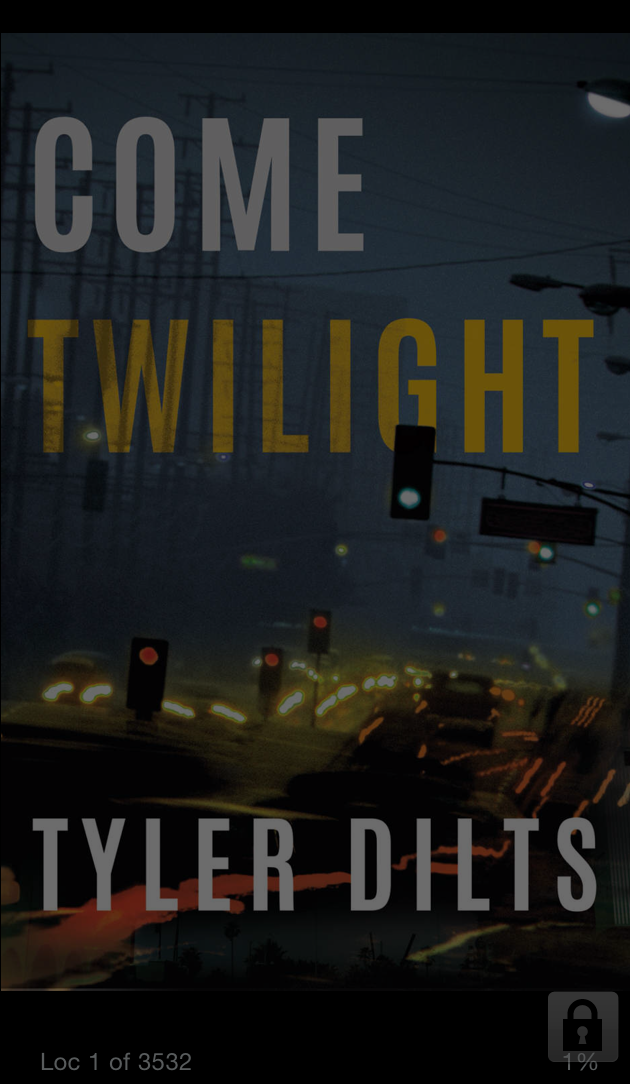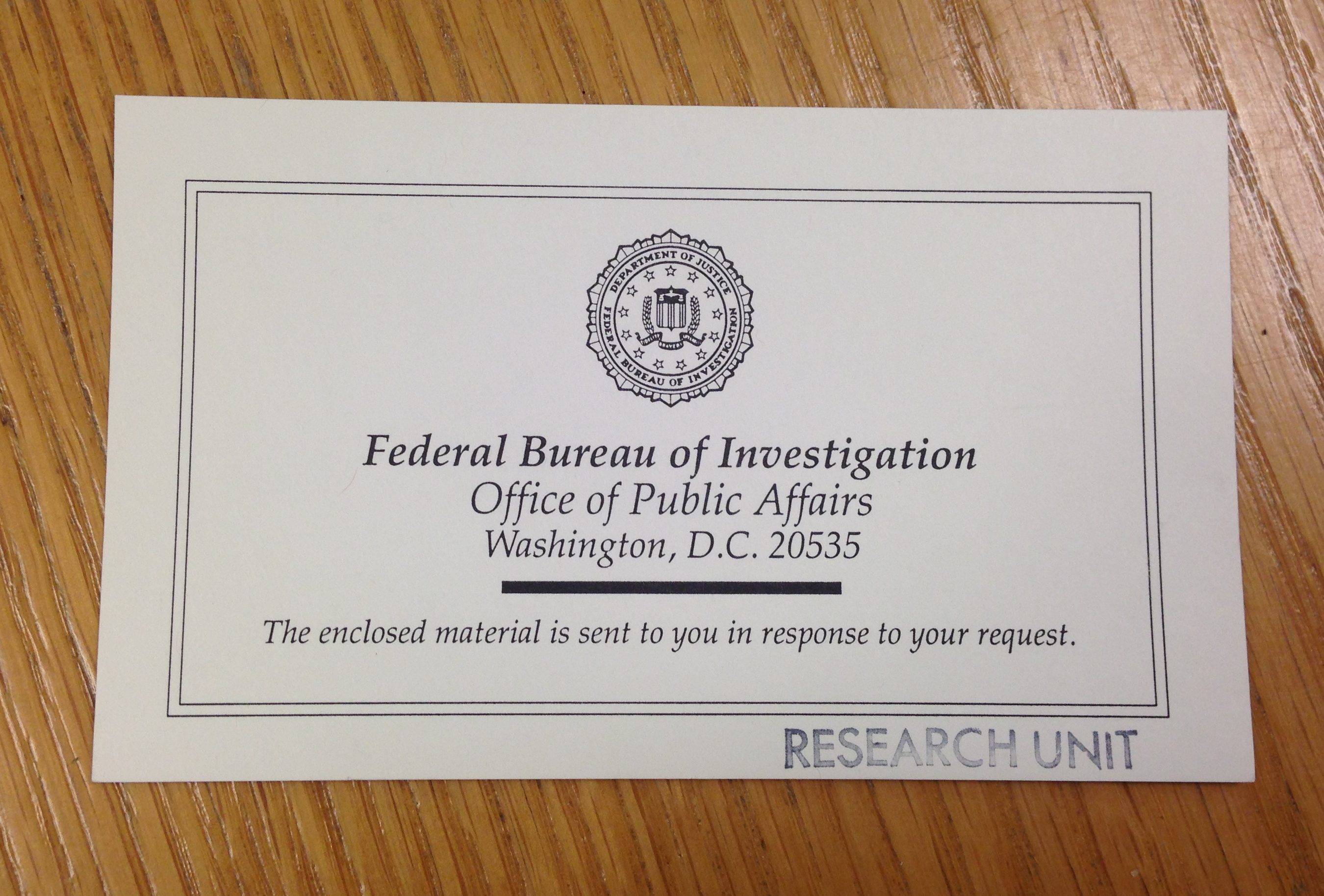“It’s easy to fall into a trap of making things that are in the manner of previous “successful” endeavors — is it a trap?” — Keith Haring, Journals Nov. 1979, page 85.

Could this be a thing? It’s certainly a thing, but is it on the level of Murphy’s Law? Around May 1st last year, I found a copy of Keith Haring’s Journals visiting a favorite local thrift store (for books). Of course, I had to take it home. I always love a good collection of journals or letters. In my copy, a large paperback by Penguin, there was supposed to be an introduction by Shephard Fairy, but it had been torn out of this copy for some reason. I didn’t notice when I found it. The previous owner otherwise kept it in good shape and tore it out pretty cleanly, so it’s not noticeable, and something tells me I’m not missing much. They also seem to have used white-out across the statement about Fairy’s intro.
So, what about this trap of success? I imagine it should have a name. The [something] Paradox. If there’s not yet a name for this, there should be. The curse of success? Many creators struggle with this and others seem to just roll along, evolving by creating and trying, but every creator is lured back, or at least tempted by what was successful in the past. Especially if that’s how you eat and shelter.
It’s not *my* problem — I don’t have the level of success solely by my own creation and work, but it’s an interesting question. But, as someone who does make things, I want the things I make to be fresh. For my own sake, I want to keep my work fresh, mostly, but also to have a sense of progress, of making and not simply re-making. So, now I must ask myself at various points in a project, “Am I falling into the Haring Trap?”
About the Author: Benjamin L. Clark writes and works as a museum curator.











 No, you did not. UNLESS your name is Linda F. and your AOL email address starts with JDC. Thank you, Linda and everyone else that entered to win A Front Page Affair.
No, you did not. UNLESS your name is Linda F. and your AOL email address starts with JDC. Thank you, Linda and everyone else that entered to win A Front Page Affair.
 Not every day in the museum involves
Not every day in the museum involves